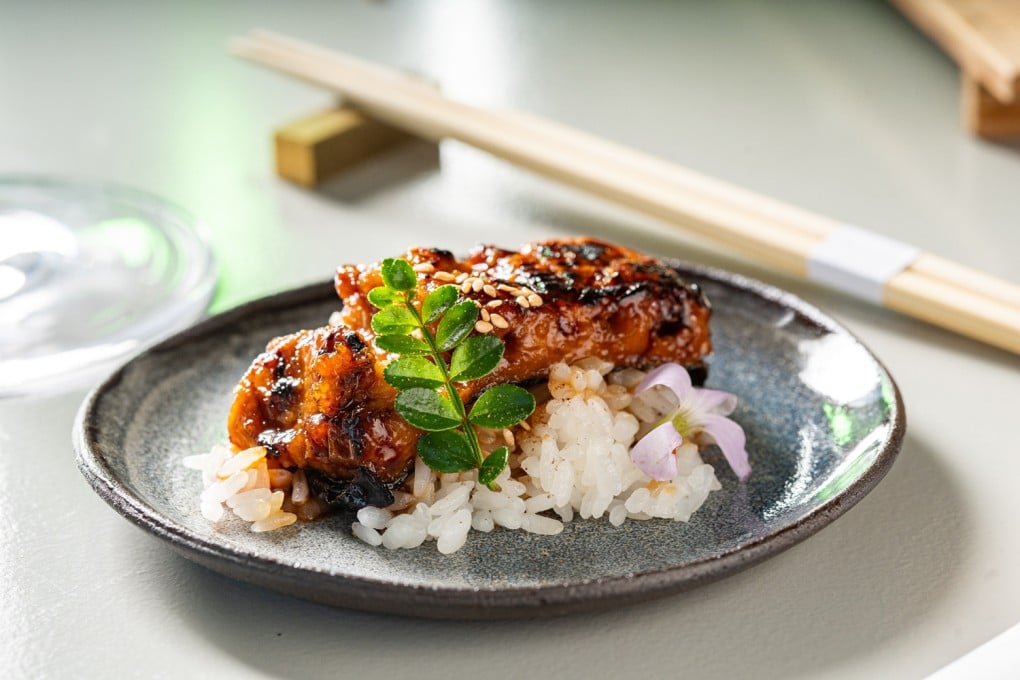Advertisement
Israeli sustainable seafood start-up aims to bring cell-based eel unagi to Japan and China
- Forsea hopes to roll out its first commercial product by 2026, and is forging connections with partners in Japan, the biggest consumer of eel
Reading Time:3 minutes
Why you can trust SCMP
0

Israeli alternative protein start-up Forsea aims to bring its cell-based eel unagi to Japan and other Asia-Pacific markets including China and Hong Kong to provide a more sustainable version of an enormously popular dish.
Forsea hosted a tasting event showcasing its cell-cultivated freshwater eel unagi at a Japanese restaurant in Tel-Aviv earlier this month, and is in the process of raising funds to launch a commercial pilot plant to bring the product to the Asia-Pacific region where demand for eel is huge, said Roee Nir, CEO and co-founder in an interview.
“Eel is a really high-priced fish that has tremendous market potential. Once we decided that eel was our first market, our focus immediately shifted to the [Asia-Pacific] region where the largest market for this fish is,” said Nir.
Unagi is a signature Japanese dish which typically consists of freshwater eels that are barbecued in a sweet sauce and served on top of rice, or as a sushi topping.
Wild eel has been in short supply because of overfishing, and the surging demand for the fish in Japan and elsewhere has pushed the wholesale price of freshwater eels as high as US$60 per kilogram, according to Forsea.
![‘Once we decided that eel was our first market, our focus immediately shifted to the [Asia-Pacific] region where the largest market for this fish is,’ said Forsea co-founder and CEO Roee Nir, pictured speaking at a tasting event in Tel-Aviv. Photo: Liran Maimon ‘Once we decided that eel was our first market, our focus immediately shifted to the [Asia-Pacific] region where the largest market for this fish is,’ said Forsea co-founder and CEO Roee Nir, pictured speaking at a tasting event in Tel-Aviv. Photo: Liran Maimon](https://img.i-scmp.com/cdn-cgi/image/fit=contain,width=1024,format=auto/sites/default/files/d8/images/canvas/2024/06/23/af99d43a-cafa-4632-a7e0-299378e4e6e1_ea94c24a.jpg)
The Japanese are the world’s largest consumers of eel, with a record 160,000 tons consumed across the country in 2000.
Advertisement